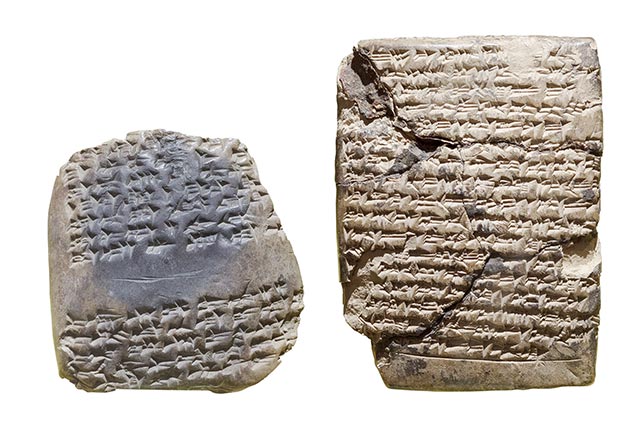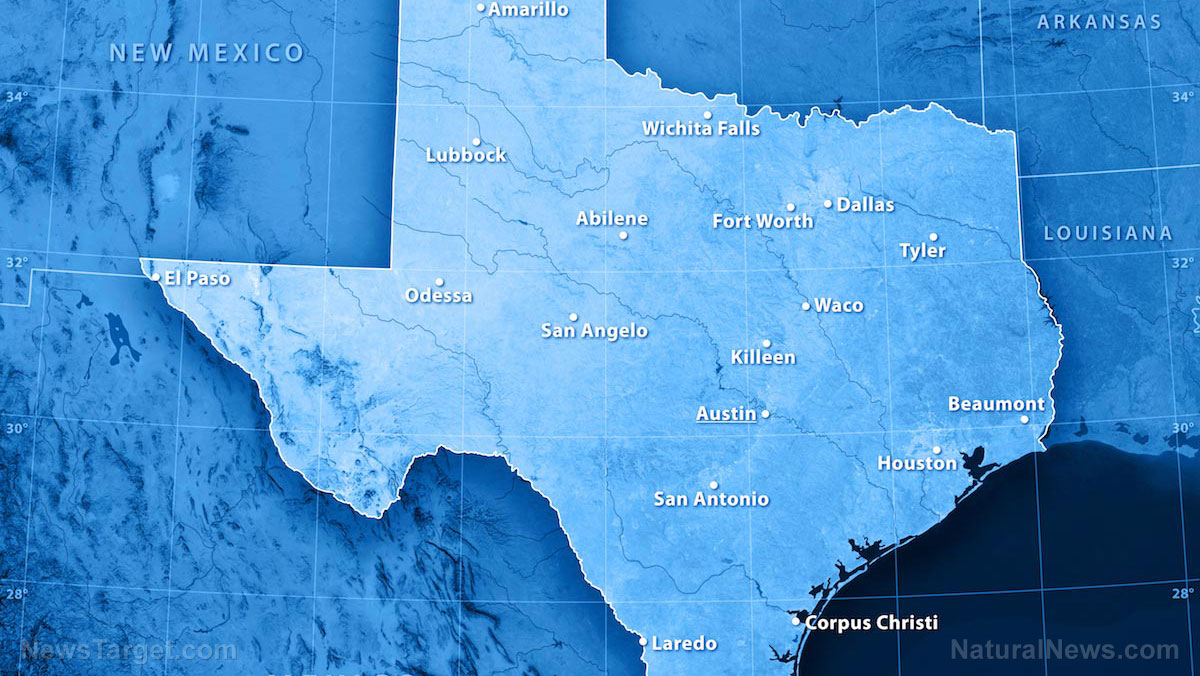Archaeologists unlock clues that prove King Balak of the Bible was real
10/31/2019 / By Edsel Cook

An ancient king mentioned in the Old Testament may have been a real historical figure. The latest translation of an ancient artifact indicated that a word previously considered “House of David” actually meant “Balak,” a king of Moab opposed to Israel.
In the Old Testament, King Balak of Moab feared the arrival of the Israelites in Canaan. He tried multiple ploys to expel the newcomers, such as hiring the prophet Balaam to curse the Israelites and sending beauties from his Midianite allies to seduce them.
Recently, researchers from Tel Aviv University (TAU) took another crack at translating the inscriptions on the Mesha Stele. A stone artifact dating back 2,800 years, it recorded the wars and conquests of King Mesha of Moab during the 9th century B.C.
The stele sported severe cracks and erosion due to a deliberate attempt by previous owners to destroy it out of spite. The damage extended to Line 31 at the bottom of the Mesha Stele, which earlier studies translated to “House of David.”
In the context of the entire inscription, the translation of Line 31 suggested that the Kingdom of Israel ruled over at least part of Moab during the 9th century B.C. That would have made the Israelites rivals to the namesake of the stele.
Indeed, the Mesha Stele essentially bragged about the victory of the Moabite king over his enemy. But what if the vanquished enemy wasn’t his Israelite neighbors, but a local rival named Balak? (Related: Ancient Egyptian tomb reveals GRUESOME murals of cows being slaughtered.)
King Balak of Moab may have been a real-life historical figure
The TAU researchers pored over the latest high-resolution photos of both the tablet and the Mesha Stele. They reported spotting three possible consonants in the fragmented Line 31.
The first consonant appeared to be the Hebrew letter “beth.” It sounded like “B” – and also happened to be the first letter of Balak, who also happened to be a Moabite king.
Given their initial analysis, the researchers proposed that the biblical figure King Balak in the Book of Numbers might derive from a real-life Moabite monarch.
Further, the historical Balak might have been rivals with Mesha for the rule of Moab during the 9th century B.C.
“We are dealing with a name that has three characters, starting with a B,” explained TAU researcher Israel Finkelstein. “We know from the bible that Balak was the king of Moab and that he ruled from a location in southern Moab—as described in the Stele.”
Finkelstein added that the reconstruction of Line 31 from “House of David” to “Balak” remains circumstantial.
Ancient artifact offers potential proof that a biblical king of Moab existed in real life
King Balak of Moab appears in the Book of Numbers of the Old Testament. He serves as the main antagonist of Israel for several chapters.
The biblical Balak asked the prophet Balaam to place curses upon the people of Israel. However, Balaam gave blessings to the Israelites on the behest of God, which infuriated his employer.
Aside from the Bible, no other historical record mentions Balak. But if the new translation of the Mesha Stele proves true, then the ancient artifact serves as the second evidence of Balak’s existence.
Line 31 of the stele referred to the seat of the vanquished king at Horonaim. The location appeared four times in the Old Testament, which said it was south of the Arnon River and part of the Kingdom of Moab.
“Thus, Balak may be a historical personality like Balaam, who, before the discovery of the Deir Alla inscription, was considered to be an ‘invented’ figure,” the TAU authors proposed.
Read more about historical artifacts at Artifacts.news.
Sources include:
Tagged Under: ancient artifacts, ancient history, ancient inscription, ancient tablet, Archaeology, artifacts, Bible, biblical figure, breakthrough, discoveries, history, House of David, Israel, King Balak, Mesha Stele, Moab, Old Testament, real history, research
RECENT NEWS & ARTICLES
COPYRIGHT © 2017 REAL SCIENCE NEWS



















